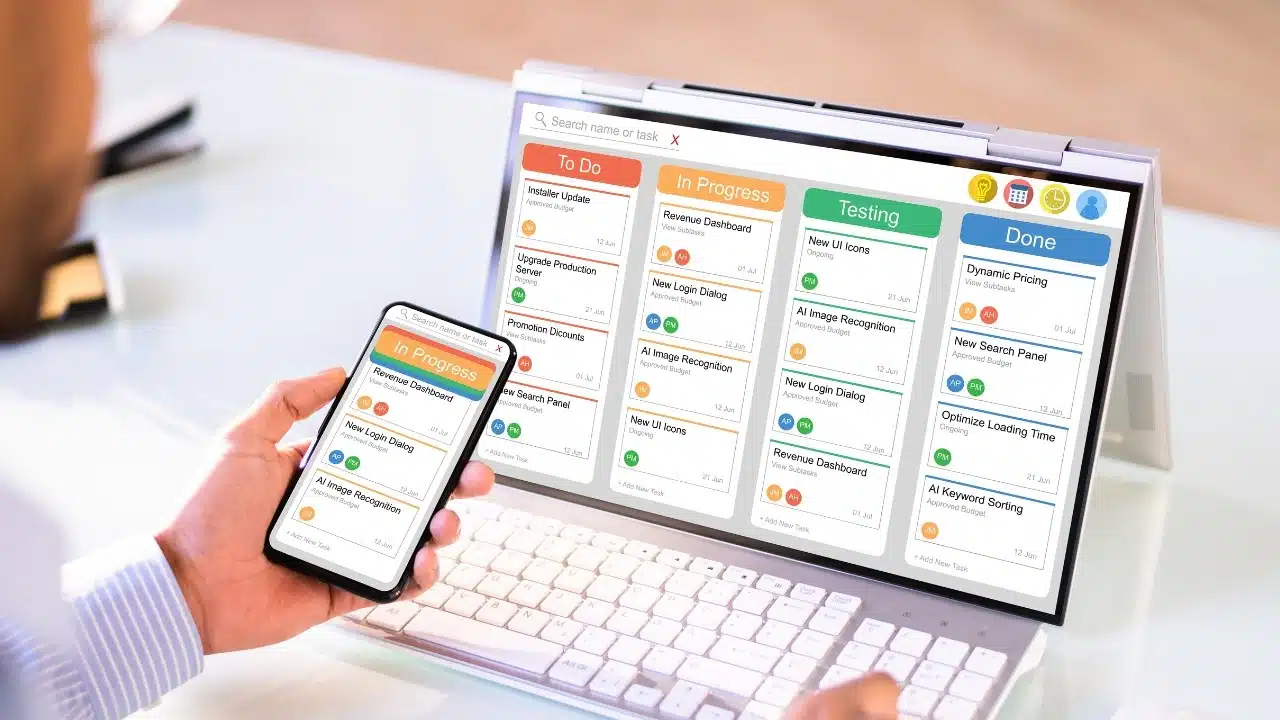Article Summary (TL;DR)
✅ Better Sales Insights: Shopify’s sales reports give you a clear view of your store’s performance, including trends, best sellers, and customer habits.
✅ Smarter Business Strategies: Use sales reports and data exports to make informed decisions to improve their sales strategies, boosting revenue and growth.
✅ Data Export Flexibility: Users can easily export sales data in different formats for custom analysis and integration with other tools for better decision making.
In the fast-paced world of e-commerce, staying ahead of the curve isn’t just optional – it’s essential. One of the most powerful tools at your disposal? The Shopify sales report.
Paired with Shopify’s data export feature, these tools can completely transform the way you run your store.
Let’s dive into how you can leverage these tools to skyrocket your sales and make data-driven decisions that’ll leave your competition in the dust.
Unlocking the Power of Shopify Sales Reports

Ever feel like you’re flying blind when it comes to your store’s performance? Say goodbye to guesswork and hello to crystal-clear insights with Shopify’s sales report feature.
This powerhouse tool is your ticket to understanding the nitty-gritty details of your sales performance, helping you track trends, identify your star products, and get into the minds of your customers.
Decoding Your Shopify Sales Report
Let’s face it – numbers can be overwhelming. But your Shopify sales report breaks it down into bite-sized pieces that even the most math-phobic among us can digest.
Here’s what you can expect to find in a proper Shopify sales report:
- Revenue Breakdown: See exactly where your money’s coming from – products, shipping, taxes, you name it.
- Top Performers: Discover which products are flying off the virtual shelves and which ones might need a little TLC.
- Sales Over Time: Spot trends and patterns in your sales data. Did that marketing campaign really pay off? Now you’ll know.
- Customer Insights: Get to know your buyers better. Where are they from? What do they love?
All this juicy data is just the tip of the iceberg. The real magic happens when you start exporting this goldmine of information.
Shopify Data Export: Your Secret Weapon

Now, you might be thinking, “Great, I’ve got all this data. But what do I do with it?”
Enter Shopify data export – the unsung hero of e-commerce analytics.
This feature lets you take your raw data and turn it into actionable insights faster than you can say “increased revenue.”
Mastering the Art of Shopify CSV Export
When it comes to getting your data out of Shopify, CSV (Comma Separated Values) is the name of the game.
Don’t let the technical term scare you off – it’s just a fancy way of saying “spreadsheet-friendly format.”
Here’s why the Shopify CSV file is your new best friend:
- Flexibility: Open it in Excel, Google Sheets, or any spreadsheet software you fancy.
- Customization: Want to focus on specific data points? Easy-peasy with CSV.
- Integration: Play nice with other tools and software for deeper analysis.
But how do you actually get your hands on this data goldmine? Let’s break it down.
Step-by-Step: How to Export Data from Shopify
Ready to become a data export wizard? Follow these simple steps:
- Log into your Shopify admin panel.
- Navigate to “Analytics” > “Reports.”
- Choose the report you want to export (e.g., sales, products, customers).
- Click the “Export” button.
- Select your preferred format (CSV is usually your best bet).
- Wait for the export to complete and download your file.
Bam! You’ve just performed your first ever Shopify data export. But the journey doesn’t end here – oh no, we’re just getting started.
Unleashing the Power of Shopify Export Sales Data
Now that you’ve got your hands on that precious Shopify CSV file, what’s next? It’s time to roll up your sleeves and dive into some serious data analysis.

Here’s how you can turn those numbers into cold, hard cash:
- Identify Trends: Look for patterns in your sales data. Are certain products hot during specific seasons? Use this info to plan inventory and marketing campaigns.
- Customer Segmentation: Group your customers based on buying behavior. Target your high-value customers with special promotions or loyalty programs.
- Profit Margin Analysis: Calculate the real profitability of each product. You might be surprised which items are actually bringing home the bacon.
- Geographic Insights: See where your customers are coming from. Maybe it’s time to expand into new markets or optimize shipping for your top locations.
- Refund Analysis: Keep an eye on returns and refunds. High return rates might signal quality issues or misleading product descriptions.
Remember, the key to success is not just collecting data – it’s about asking the right questions and using the answers to drive your business forward.
Shopify Data Analytics: From Numbers to Knowledge

Let’s face it – staring at rows and columns of data isn’t everyone’s idea of a good time. But with the right approach, Shopify data analytics can be your secret sauce for e-commerce domination.
Here’s how to turn those dry numbers into juicy insights:
- Visualize Your Data: Use charts and graphs to spot trends at a glance. A picture is worth a thousand spreadsheet cells, after all.
- Set Benchmarks: Compare your performance against industry standards or your own historical data. Are you growing as fast as you should be?
- Forecast Future Sales: Use historical data to predict future trends. Crystal ball not required!
- A/B Testing: Use your data to inform split tests on everything from product descriptions to email subject lines. Let the numbers guide your decisions.
- Inventory Optimization: Balance stock levels based on sales trends to avoid overstocking or stockouts.
By embracing Shopify data analytics, you’re not just looking at numbers – you’re gaining a competitive edge that can propel your business to new heights.
Frequently Asked Questions About Shopify Sales Reports and Data Export
Still have questions? You’re not alone.

Here are some common queries that pop up when diving into the world of Shopify sales reports and data export:
Q: How often should I export my Shopify sales data?
A: It depends on your business needs, but weekly or monthly exports are common. For fast-moving businesses, daily exports might be necessary to stay on top of trends.
Q: Can I automate my Shopify data export?
A: While Shopify doesn’t offer native automation for data exports, you can use third-party apps or API integrations to set up regular, automated exports.
Q: What’s the difference between Shopify’s built-in analytics and exporting data for analysis?
A: Built-in analytics offer quick insights, but exporting data allows for deeper, customized analysis and integration with other business intelligence tools.
Q: Are there any limits to how much data I can export from Shopify?
A: Shopify generally allows you to export up to 50,000 rows of data at a time. For larger datasets, you may need to break your export into multiple files or use the API.
Q: How can I ensure the security of my exported Shopify data?
A: Always store your exported data securely, use strong passwords, and limit access to authorized personnel only. Consider encrypting sensitive files for an extra layer of protection.
Final Thoughts

In the world of e-commerce, knowledge truly is power. By harnessing the capabilities of Shopify sales reports and mastering the art of data export, you’re not just running a store – you’re running a data-driven powerhouse.
Remember, every number tells a story, and every export is an opportunity to write the next chapter of your business success.
Comments
Related Posts
Smart Guide to Import Amazon Data to Google Sheets
Running an Amazon business means juggling dozens of moving parts:…
The ultimate guide to Shopify marketing attribution: what works best for your business?
What you’ll learn Have you ever wondered where your customers…
Top 5 Strategies to Sustainable Shopify Growth: Turning One-Time Buyers into Lifetime Customers
What you’ll learn As a Shopify seller, you’re constantly looking…








Leave a Reply